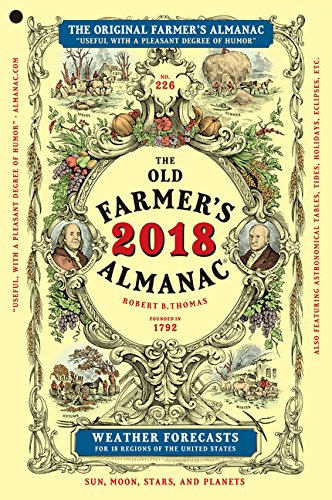This is a book about how ecologists can integrate remote sensing and GIS in their daily work. It will allow ecologists to get started with the application of remote sensing and to understand its potential and limitations. Using practical examples, the book covers all necessary steps from planning field campaigns to deriving ecologically relevant information through remote sensing and modelling of species distributions. All practical examples in this book rely on OpenSource software and freely available data sets. Quantum GIS (QGIS) is introduced for basic GIS data handling, and in-depth spatial analytics and statistics are conducted with the software package R. Readers will learn how to apply remote sensing within ecological research projects, how to approach spatial data sampling and how to interpret remote sensing derived products. The authors discuss a wide range of statistical analyses with regard to satellite data as well as specialised topics such as time-series analysis. Extended scripts on how to create professional looking maps and graphics are also provided. This book is a valuable resource for students and scientists in the fields of conservation and ecology interested in learning how to get started in applying remote sensing in ecological research and conservation planning. more details on book.ecosens.org/

Remote Sensing and GIS for Ecologists: Using Open Source Software (Data in the Wild)
#ad
Author: Wegmann, Martin
Binding: Paperback
ISBN: 9781784270223
Details:
Author: Wegmann, Martin
Brand: Pelagic Publishing Ltd
Edition: Illustrated
Binding: Paperback
Format: Illustrated
Number Of Pages: 324
Release Date: 21-03-2016
Part Number: 9781784270223
Package Dimensions: 9.6 x 6.8 x 0.8 inches
Languages: English







